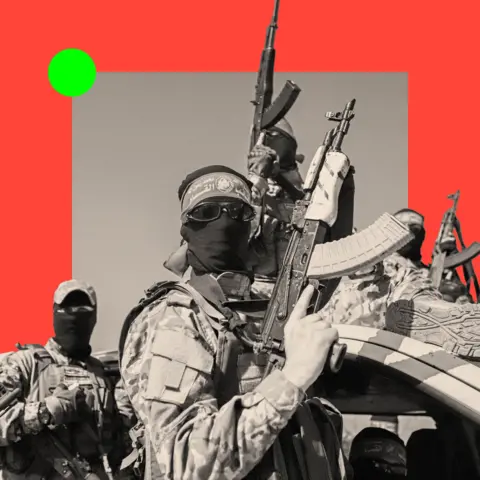Hamas: A Fractured Organization Seeking Transformation Amidst Chaos

How does a group that has governed the Gaza Strip for almost 20 years, ruling two million Palestinians with an iron rod and fighting Israel in repeated wars, suddenly lay down its arms and relinquish control?
Hamas has faced an increasingly desperate situation in Gaza, marked by gruesome images of violence as masked militants assert control and inflict brutality on rivals. The international community is watching closely, especially with the Trump administration's proposed peace efforts stirring uncertainty about the future governance of the region.
Despite rising crime and instability, voices within Gaza express skepticism about Hamas relinquishing power. Former officials argue that the organization may attempt to redefine itself, moving from its militant past towards a political role.
Many Gazans are tired of war and express desires for a leadership that prioritizes stability over armed conflict. Some believe that, like the ANC's evolution in South Africa, Hamas could seek to transition into a political party.
However, the organization's command structure lies fractured, with essential leaders eliminated by Israeli operations. As new, less experienced groups vie for influence within Gaza's chaotic landscape, the question remains: can Hamas truly transition, or will it remain a shadow of its former self, grappling with internal divisions while clinging to its legacy of violence?



















